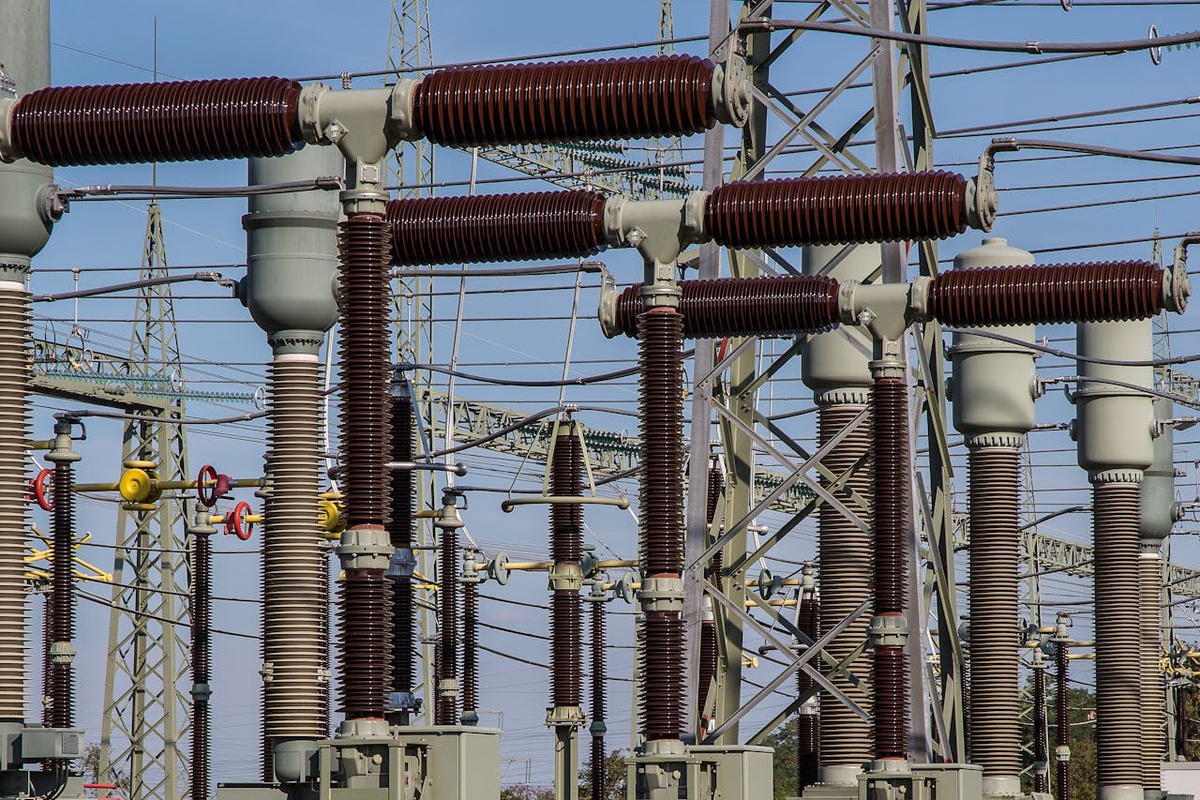In the realm of electrical engineering, few components are as fundamental and essential as transformer high voltage systems. From power distribution grids to industrial applications, transformer high voltage technology forms the backbone of modern electrical infrastructure. However, for those unfamiliar with its intricacies, the concept of transformer high voltage may seem daunting. Let's unravel the mysteries and delve into the basics of transformer high voltage to gain a clearer understanding of its importance and function.
Understanding Transformers
At its core, a transformer is an electrical device that transfers electrical energy between two or more circuits through electromagnetic induction. It consists of two coils of wire, known as the primary and secondary windings, wrapped around a core made of ferromagnetic material. When an alternating current (AC) flows through the primary winding, it creates a magnetic field in the core, which induces a voltage in the secondary winding, thus transferring power from one circuit to another.
The Role of High Voltage
High voltage transformers play a crucial role in electrical power transmission and distribution. They step up the voltage of electricity generated at power plants for efficient long-distance transmission over power lines, reducing energy losses due to resistance. At substations near residential and industrial areas, high voltage transformers step down the voltage to safer levels for distribution to homes, businesses, and industrial facilities.
Safety Considerations
While high voltage is essential for efficient power transmission, it also poses significant safety risks. High voltage electricity can cause severe injury or death if proper precautions are not taken. Therefore, safety measures such as insulation, grounding, and protective equipment are critical in transformer high voltage systems. Insulating materials prevent electrical leakage and minimize the risk of electric shock, while grounding systems provide a path for fault currents to safely dissipate into the ground.
Types of Transformer High Voltage Systems
Transformer high voltage systems come in various configurations to suit different applications and voltage requirements. Some common types include:
- Step-Up Transformers: These transformers increase the voltage from the generator to the transmission lines for long-distance power transmission.
- Step-Down Transformers: These transformers decrease the voltage from transmission lines to distribution lines for safe distribution to homes and businesses.
- Auto-Transformers: These transformers have a single winding with multiple taps, allowing them to step up or step down voltage levels as needed.
- Three-Phase Transformers: These transformers consist of three sets of primary and secondary windings, typically used in industrial and commercial applications.
Efficiency and Losses
While transformers are highly efficient devices, they are not entirely lossless. Energy losses occur in the form of heat due to resistance in the windings and core, known as copper and iron losses, respectively. Minimizing these losses is essential for maximizing the efficiency of transformer high voltage systems and reducing energy consumption.
Future Trends and Innovations
As the demand for clean energy and smart grid technologies continues to grow, transformer high voltage systems are undergoing rapid innovation. Advanced materials, such as superconductors and nanomaterials, promise to improve the efficiency and performance of transformers while reducing their environmental footprint. Additionally, digital technologies, such as sensors and predictive analytics, enable real-time monitoring and diagnostics, enhancing reliability and reducing maintenance costs.
In conclusion, transformer high voltage systems are essential components of modern electrical infrastructure, enabling efficient power transmission and distribution. By understanding the basics of transformer high voltage technology, we gain insight into its importance, function, and safety considerations. As technology continues to evolve, transformer high voltage systems will play a vital role in shaping the future of electrical power generation and distribution.


No comments yet